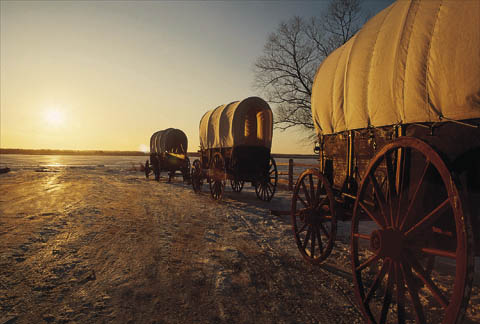Utah History
Objectives:
- Classify major physical geographic attributes of Utah
- Analyze how physical geography affects human life in Utah
- Analyze how human actions modify the physical environment
- Describe the historical and current impact of various cultural groups on Utah
- Describe ways that Utah has changed over time
- Investigate the development of the economy in Utah
- Describe the responsibilities and rights of individuals in a representative government as well as in the school and community
Maps and World Mountains
Study Guide
Travel Brochures
Big Idea: - Maps are tools that help us to locate places in relation to other places.
- Throughout history mountains have acted as barriers for trade and conquest.
- Mountains are economically important in many ways. They contain a variety of minerals and also attract people for recreational uses such as camping, hiking, hunting, and fishing.
Objectives for this unit:- You will be able to measure distances using map scales
- You will be able to read maps and globes using latitude and longitude, coordinates, and degrees
- You will be able to identify the Prime Meridian; Greenwich, England; and the International Date Line
- You will be able to read relief maps for elevations and depressions
- You will be able to identify major mountain ranges by continent.
- You will be able to discuss the high mountains of the world by continent.
Big Idea:
- Maps are tools that help us to locate places in relation to other places.
- Throughout history mountains have acted as barriers for trade and conquest.
- Mountains are economically important in many ways. They contain a variety of minerals and also attract people for recreational uses such as camping, hiking, hunting, and fishing.
Objectives for this unit:
- You will be able to measure distances using map scales
- You will be able to read maps and globes using latitude and longitude, coordinates, and degrees
- You will be able to identify the Prime Meridian; Greenwich, England; and the International Date Line
- You will be able to read relief maps for elevations and depressions
- You will be able to identify major mountain ranges by continent.
- You will be able to discuss the high mountains of the world by continent.
Dynasties of China
Study Guide
The Big Idea: For more than 1,000 years, China had an advanced civilization ruled by a succession of dynasties.
What Students Need to Learn:
1. Qin dynasty: Shihuangdi, first emperor begins construction of the Great Wall
3. Tang and Song dynasties: highly developed civilizations; extensive trade; important inventions, including compass, gunpowder, paper money
4. Mongol invasions and rule: Chinggis (also spelled Genghis) Khan and then “Golden Horde”; Khubilai (also spelled Kublai) Khan and his capital at Beijing; and Marco Polo
5. Ming dynasty: the Forbidden City and the explorations of Zheng He
Big Idea: Islam was founded by the prophet Muhammad in Arabia around 610 CE and grew into one of the three major Western religions.
Purpose: To explain Islam's fundamental religious practices and how the adherents of this faith, acting on their beliefs, defeated huge empires and created a great civilization. All religions have common elements but they differ in their beliefs. It is important to understand and respect differences.



